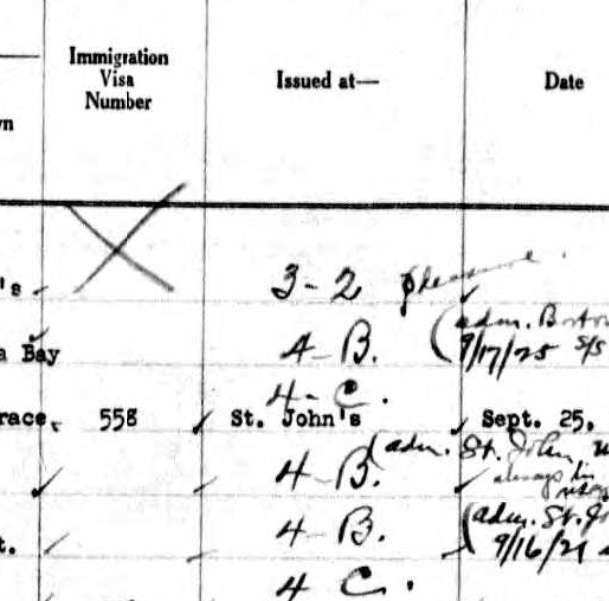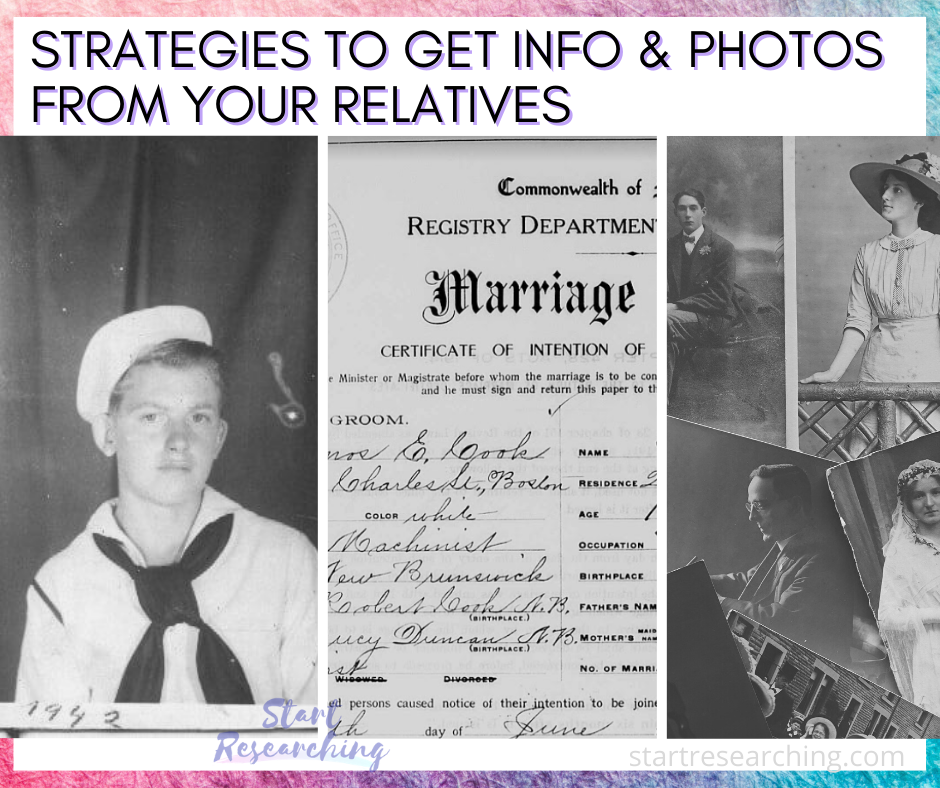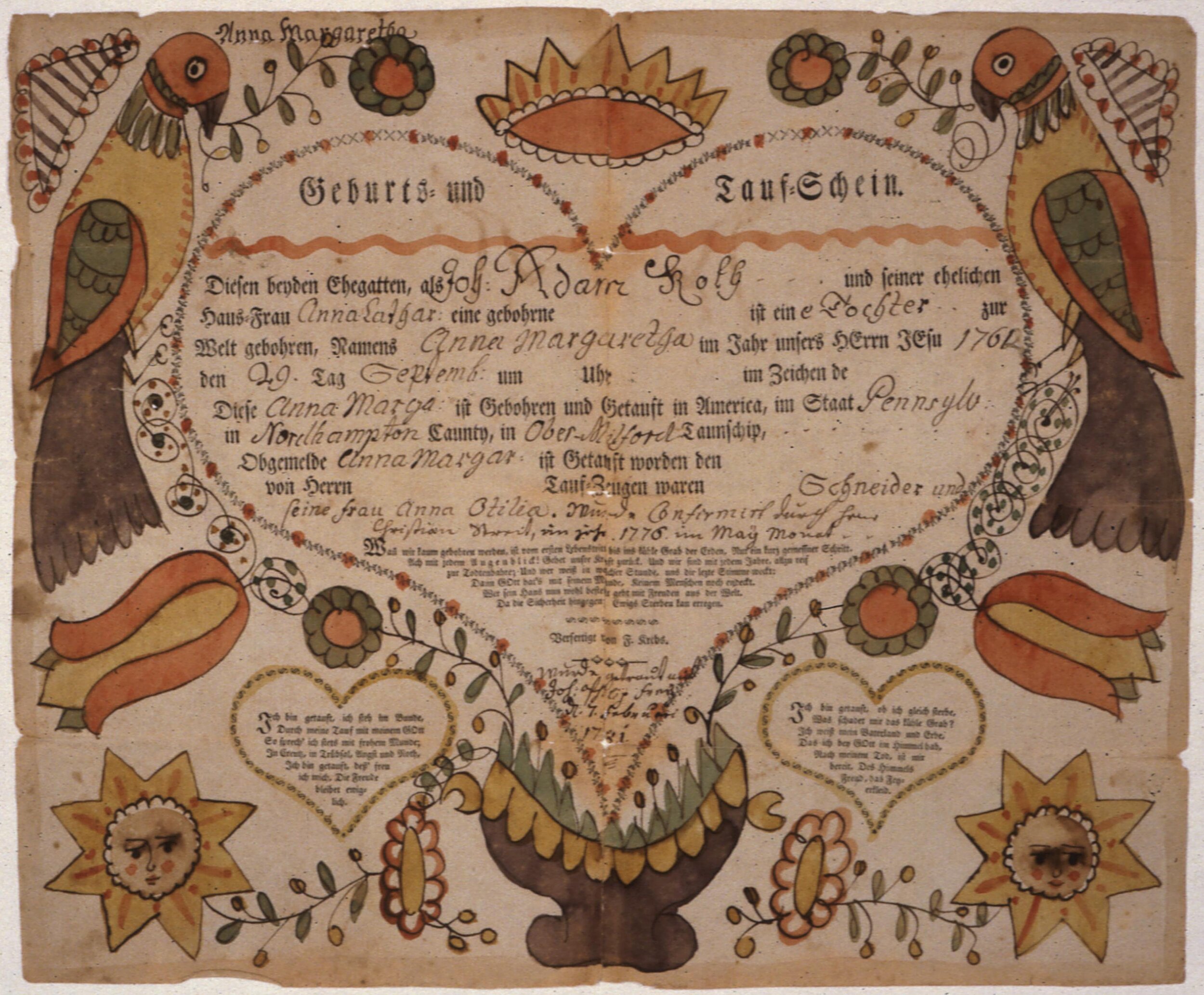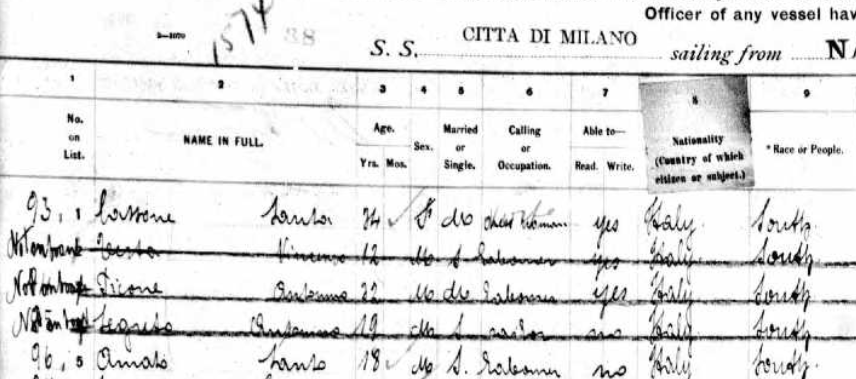Updated 15 April 2022. Originally published 4 April 2022. By Sherri Mastrangelo.
Update: When writing this blog post initially, I formed the chart through comparison of over 50 enumeration districts (the first to show for every state on the National Archives search results). This week while I was looking into the other “Leave Blank” columns on the 1950 census, I found a better primary source for this information, not in the enumeration instructions, but buried in a large zip file called The 1950 Censuses - How They Were Taken on the census.gov website, written by the U.S. Bureau of the Census in 1955. Updates are included below, though my original findings were pretty much in line.
In the 1950 Census, between columns 8 for Relationship and 9 for Race, is “Leave Blank A”. This column is hand-written later, after the census taker has visited homes, and refers to the individual’s relationship to the head of household. You’ll notice that column 8, immediately to the left, also describes the relationship. So are these numbers actually telling us anything new?
Well, yes and no - but before we get into the usefulness of these notes let me share my findings.
I was getting asked this questions in a few emails, and noticed it in a few Facebook genealogy groups as well: “What do the numbers in the first Leave Blank” column mean?”. Some other members in one of the Facebook groups dismissed the notes as not important and not worth looking into, while others speculated it had to do with a widow status.
I came across this section on Stevemorse.org called “Deciphering Miscellaneous Codes Appended to the 1950 Census in One Step” by Stephen P. Morse, PhD and Joel D. Weintraub, PhD: https://stevemorse.org/census/mcodes1950.htm that was compiled before the release of the census, which seemed to have the answers in the first dropdown for Column A. Yet I quickly noticed that these answers, that included “0” for head of household, “1” for wife, “2” for child, and so on, did not match what I was seeing on actual 1950 census records (they align more with the 1940 census). Update 16 April: this site has now been updated!
So I decided to come up with a quick reference chart for this column and 1950 records. I took a look at the first non-reservation enumeration district of each state of the 1950 census available at NARA (https://1950census.archives.gov/) and tallied up the occurrences of notations and their relationship to their head of household, to look for similarities. The results were the same across all states (with less than a handful of outliers) summarized in the chart below:
| Notation | Most Often |
|---|---|
| 1 | Head |
| 2 | Wife |
| 3 | Step-son Step-daughter Child |
| 4 | Son-in-law Daughter-in-law |
| 5 | Grandson Grandaughter |
| 6 | Mother Father Mother-in-law Father-in-law |
| 7 | Brother; Sister Aunt; Uncle Brother-in-law; Sister-in-law Niece; Nephew Cousin (Descendant of any of these) |
| 8 | Hired hand Maid Housekeeper |
| 9 | Lodger; Roomer; Boarder (Descendant of Lodger) Partner (unrelated person) Foster child (unrelated by blood) |
| X | Head of hotel or institution |
| 0 | Guest of hotel or institution Staff or other workers of institution |
| V | Patient Inmate |
Source list of enumeration districts reviewed to compile above chart can be found below, following this post.
For comparison, below is an excerpt from the document The 1950 Censuses - How They Were Taken mentioned above, written by the U.S. Bureau of the Census. I think it matches up pretty well to my chart above, though I did update # 3 to include all children. You’ll also notice that I have "patient” or “inmate” under “V” while the government publication shows only inmate. I decided to leave mine this way to reflect the data from the records I reviewed.
*”Possibly all children” under notation 3, because it’s unclear to me right now if 3 refers only to step-children, or to any related child of the head of household (other than a foster child that is unrelated by blood, that is found by a “9”). You’ll notice when there is a step-child there is almost always a 3 in this column, but if the relationship is listed as a son or daughter, this column is usually blank. Does anyone out there have any insight here?
(Updated here to show that 3 means all children, not just step children.)
So how is the helpful information, and does it actually tell us anything new?
It can help us decipher the relationship if the writing is illegible in column 8 (though from what I’ve seen so far, handwriting in 1950 was pretty decent).
If the relationship in column 8 is missing, it might help determine it.
An example of the latter is often seen for those transcribed from an ICR (Individual Census Report), as seen in the image below:
Image excerpt from the 1950 Census of Barnstable, Massachusetts (Enumeration District 1-2; page 31), found on 1950.census.archives.gov
In this 1950 census excerpt, we see a short list of “Persons Transcribed From ICRs [Individual Census Report] and Missed Persons Forms”. Right away we know the relationship of these people to the head of household, without any information shown in the relationship column. For example, for the last two indivudals we see that Edwin T. Chester is the head of the house, and Olive G. is his wife. You’d probably be able to figure this out eventually, but I still consider this helpful! What do you all think?
Sources for my chart: All census records reviewed were from NARA (https://1950census.archives.gov/) as mentioned above. Enumeration districts reviewed include:
Alabama, Autauga, 1-1; Alaska, First Judicial Division, 1-1; Arizona, Apache, 1-1; Arkansas, Arkansas, 1-1; California, Alameda, 1-1; Colorado, Adams, 1-1; Connecticut, Bridgeport, Fairfield, 9-1; Delaware, Kent, 1-1; District of Columbia, Washington, 1-1; Florida, Aluchua, 1-1; Georgia, Appling, 1-1; Hawaii, Hawaii, 1-1; Idaho, Ada, 1-1D; Illinois, Adams, 1-1; Indiana, Adams, 1-1; Iowa, Adair, 1-1; Kansas, Allen, 1-1; Kentucky, Adair, 1-1; Louisiana, Acadia Parish, 1-1; Maine, Androscoggin, 1-1; Maryland, Allegany, 1-1; Massachusetts, Barnstable, 1-1; Michigan, Alcona, 1-1; Minnesota, Aitkin, 1-1; Mississippi, Adams, 1-1; Missouri, Adair, 1-1; Montana, Beaverhead, 1-1; Nebraska, Adams, 1-1; Nevada, Churchill, 1-1; New Hampshire, Belknap, 1-1; New Jersey, Atlantic, 1-1; New Mexico, Bernalilo, 1-2; New York, Albany, 1-1; North Carolina, Alamance, 1-1; North Dakota, Adams, 1-1; Ohio, Adams, 1-1; Oklahoma, Adair, 1-1; Oregon, Baker, 1-1; Pennsylvania, Adams, 1-1; Rhode Island, Bristol, 1-1; South Carolina, Abbeville, 1-1; South Dakota, Aurora, 2-1; Tennessee, Anderson, 1-1; Texas, Amarillo, Potter, 255-1; Utah, Beaver, 1-1; Vermont, Addison, 1-1; Virginia, Accomack, 1-1; Washington, Adams, 1-1; West Virginia, Barbour, 1-1; Wisconsin, Adams, 1-1; Wyoming, Albany, 1-1













![In the left column it says “U.S. born” and underneath the abbreviation “do” for “ditto” is written three times. Would you have noticed all of the Di Lorenzo children where born in the U.S. looking at this? There are also quotation marks meaning same as above / child in the far right column... Ancestry.com, New York, U.S., Arriving Passenger and Crew Lists (including Castle Garden and Ellis Island), 1820-1957. Year: 1905; Arrival: New York, New York, USA; Microfilm Serial: T715, 1897-1957; Line: 1, Page Number: 41.[Database-on-line] Provo, UT. Ancestry.com Operations, Inc., 2010.](https://images.squarespace-cdn.com/content/v1/5e18c9db5f83dc089c81b8bb/1620786931498-A57FIX57NFLGMRWD9OWN/ditto+abbreviated+do.png)



![In between the Family Name and Given Name, we see the initials "“DEP”. Ancestry.com, Massachusetts, U.S., Arriving Passenger and Crew Lists, 1820-1963. Record Group Number: 85; Series Number: T843; NARA Roll Number: 291. [Database-on-line]. Provo, UT. Ancestry.com Operations, Inc., 2006.](https://images.squarespace-cdn.com/content/v1/5e18c9db5f83dc089c81b8bb/1620753142824-2I1NZ942SRWG4LSRA19O/dep.png)